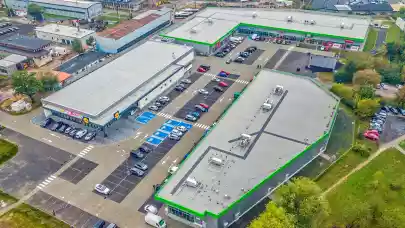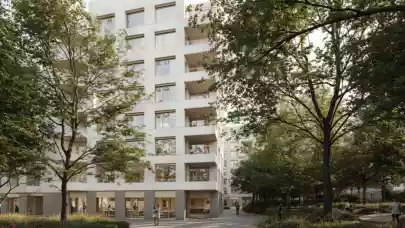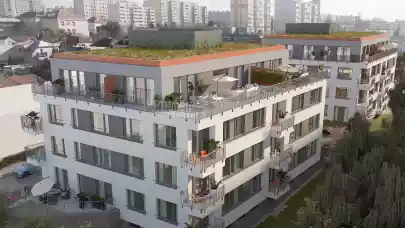
Smaller retail facilities up to 20,000 sqm, such as parks, have proved their resilience to the pandemic in Central and Eastern Europe and remain attractive for investors. In Poland, 170,000 sqm of new supply in retail parks is planned for 2021, with 120,000 sqm in Romania, and 70,000 sqm in the Czech Republic, according to CBRE data. In all countries in the region, consumers and investors appreciate their locality, with development opportunities in small towns, supplying the most important needs and ensuring greater safety in the pandemic.
"Not only in Poland, but also in other countries of the region studied by CBRE, the segment of retail parks shows potential for development. Their universal nature means that they can be created even in small towns. Additionally, as in the Polish market, retail parks in the CEE region turned out to be more resistant to the negative impact of the pandemic than shopping centres. Despite the temporary closures of commercial facilities that affected all countries, in 2020 we had to deal with the openings of new facilities, and investors started new construction projects. As a result, in many CEE countries, more of such space is planned for 2021 than in the previous year", says Piotr Karpiński, Head of the Property Management Department at CBRE in Poland.
Parks in Europe resistant to the crisis
In Poland, out of 280,000 sqm of new retail space, represented by projects with an area of a minimum of 5,000 sqm, as much as 180,000 sqm is represented by small facilities (up to 20,000 sqm). The retail park is currently the most popular format under construction. If we additionally include convenience facilities (with an area of less than 5,000 sqm), 170,000 sqm of new space under construction is concentrated only in retail parks. In the smaller Czech Republic, 70,000 sqm of retail parks are under construction, with 9,400 sqm in Austria, and 120,000 sqm in Romania. Both in our country and in the rest of the region, such investments are carried out mainly in smaller cities, where the saturation of retail space is not as high as in the largest agglomerations. Investors appreciate the greater availability of land for investment, and tenants enjoy lower maintenance costs, including lower rents. This was an important factor in the resilience of such facilities during the pandemic and continues to be one of the key variables.
"Customers go to retail parks on a regular basis, often for everyday small purchases. They are targeted at consumers who visit them at least once a week and want to buy necessary things quickly, without circling the aisles. Entering the store directly from the parking area and the lack of common space have also provided greater safety in the pandemic. These advantages are perfect for the current time. However, it should be remembered that although the market for retail parks in Europe will certainly continue to develop effectively, they are not able to replace large centres, which offer considerably more opportunities for spending free time and relaxing. Therefore, each of these formats has its own unique features", says Piotr Karpiński.



